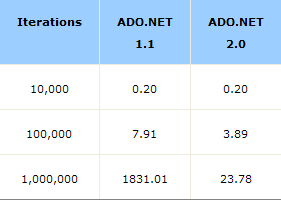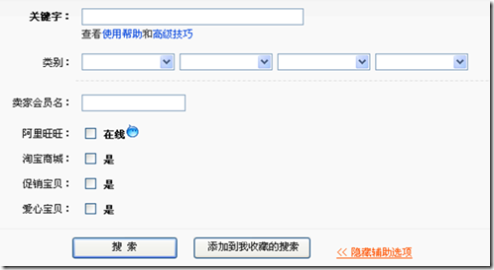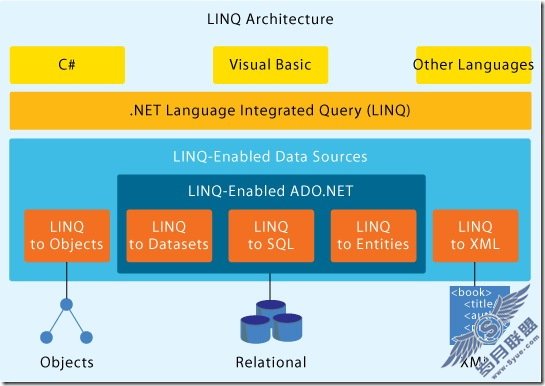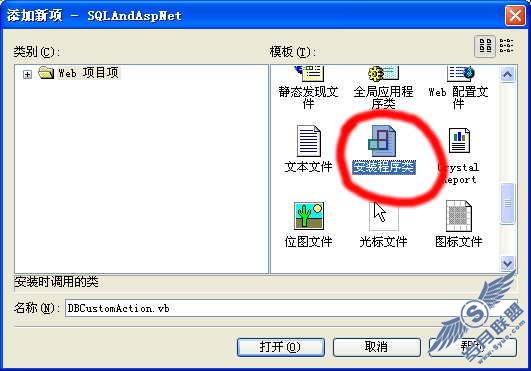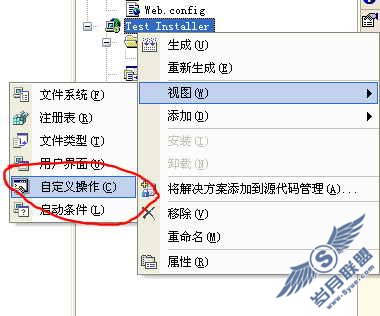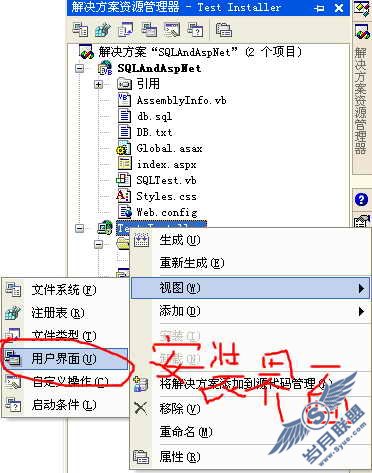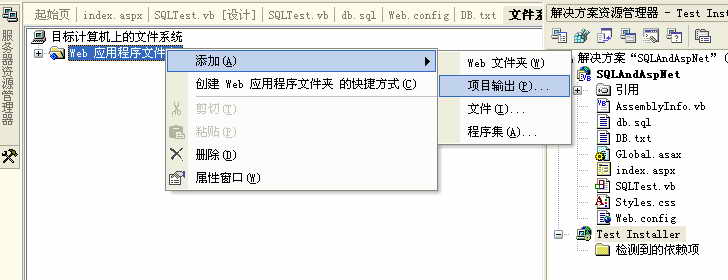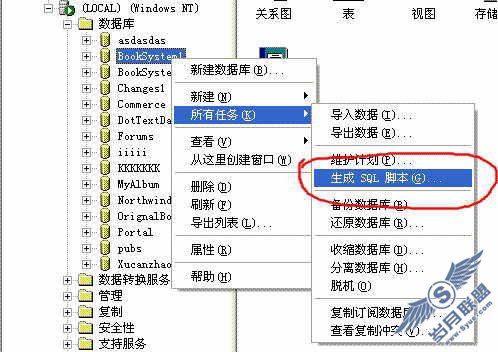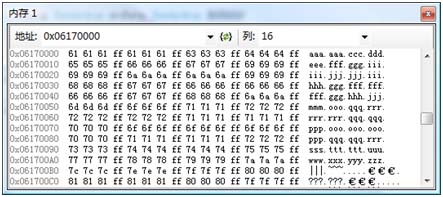让WCF客户端的“调用”成为一种“享受”
来源:岁月联盟
时间:2011-11-03
刚开始使用WCF时,总是在using中进行调用,比如:
using (CnblogsWcfClient client = new CnblogsWcfClient()){ client.Say("Hello, cnblogs.com!");} 后来发现,这是微软的一个“骗局”,当时我写了篇博客“不要在using语句中调用WCF服务”。
从此改为这样调用:
CnblogsWcfClient client = new CnblogsWcfClient();client.Say("Hello, cnblogs.com!");try{ client.Close();}catch{ client.Abort();} 每当写到这样的代码,心理总是有些不舒服。经过近10个月这样的不舒服之后,再也无法忍受。。。
于是,今天决定解决这个问题。。。
从 What is the best workaround for the WCF client `using` block issue? 找到 Practical Functional C# - Part II,发现了解决之道,但其中提供的代码不完整,经过几个小时的摸索,终于找到满意的解决方法。
让WCF客户端的调用成为“享受”的代码如下:
应用程序中调用代码:
//IUserService就是WCF的ServiceContract,是客户端自动生成的代理类WcfClient.UseService((IUserService userService) => (userService.GetUser(userId))); WcfClient实现代码:
public class WcfClient{ public static TReturn UseService<TChannel, TReturn>(Func<TChannel, TReturn> func) { var chanFactory = new ChannelFactory<TChannel>("*"); TChannel channel = chanFactory.CreateChannel(); TReturn result = func(channel); try { ((IClientChannel)channel).Close(); } catch { ((IClientChannel)channel).Abort(); } return result; }} 解决这个问题的主要时间花在找到上面代码中的那个星号,星号对应的参数名是endpointConfigurationName。
开始时困扰于如何给endpointConfigurationName参数传值。后来,研究了一下自动生成的代理类,也没有与endpointConfigurationName相关的信息,只是继承自System.ServiceModel.ClientBase<T>。然后,通过ILSPy反编译ClientBase<T>的代码,找到了这个星号,见下图:

小结
也许还有更“享受”的调用WCF客户端方法,但是我觉得至少比以前的方法用起来更舒服。解决问题之后,最好的庆祝方式就是写一篇博客。分享的不仅仅是解决方法,还有解决问题之后的那种兴奋!
作者 dudu
最近更新
随机推荐
- PPTV收购之殇 一个营销的阴谋
- Cisco CallManager远程拒绝服务及代码
- Zara门徒韩都衣舍:淘宝品牌“弯道超
- 微信朋友圈遭遇营销风暴 社交电商瓶颈
- 打造简单金融 友信普惠专注服务小微企
- Apple QuickTime 7.6.2版本更新修复多
- 微博活动:高科技防小3 正室捍卫婚姻
- Woodstock 404 Page Not Found 页面跨
- 达衣岩&百胜软件全渠道新零售项目启动
- MS05-039:即插即用中允许远程执行代码
- 本月底京东和微信将有新动作 看看你
- 科技赋能渠道,弹个车下沉三四线深挖
- Oracle 10g存储过程远程SQL注入漏洞
- Microsoft PowerPoint 畸形文件解析代
- LulzSec黑客组织成员Jeffrey被控多项
- Linux内核曝危急漏洞 安全者可获取ro
- 特洛伊 Win32.Alureon.CQ 跟踪用户信
- 新浪微博活跃度已经降至2011年初的水
- 大麦理财北京出借人见面会第二场即将
- Hitalk Kids坚持生活英语教学 助力青


